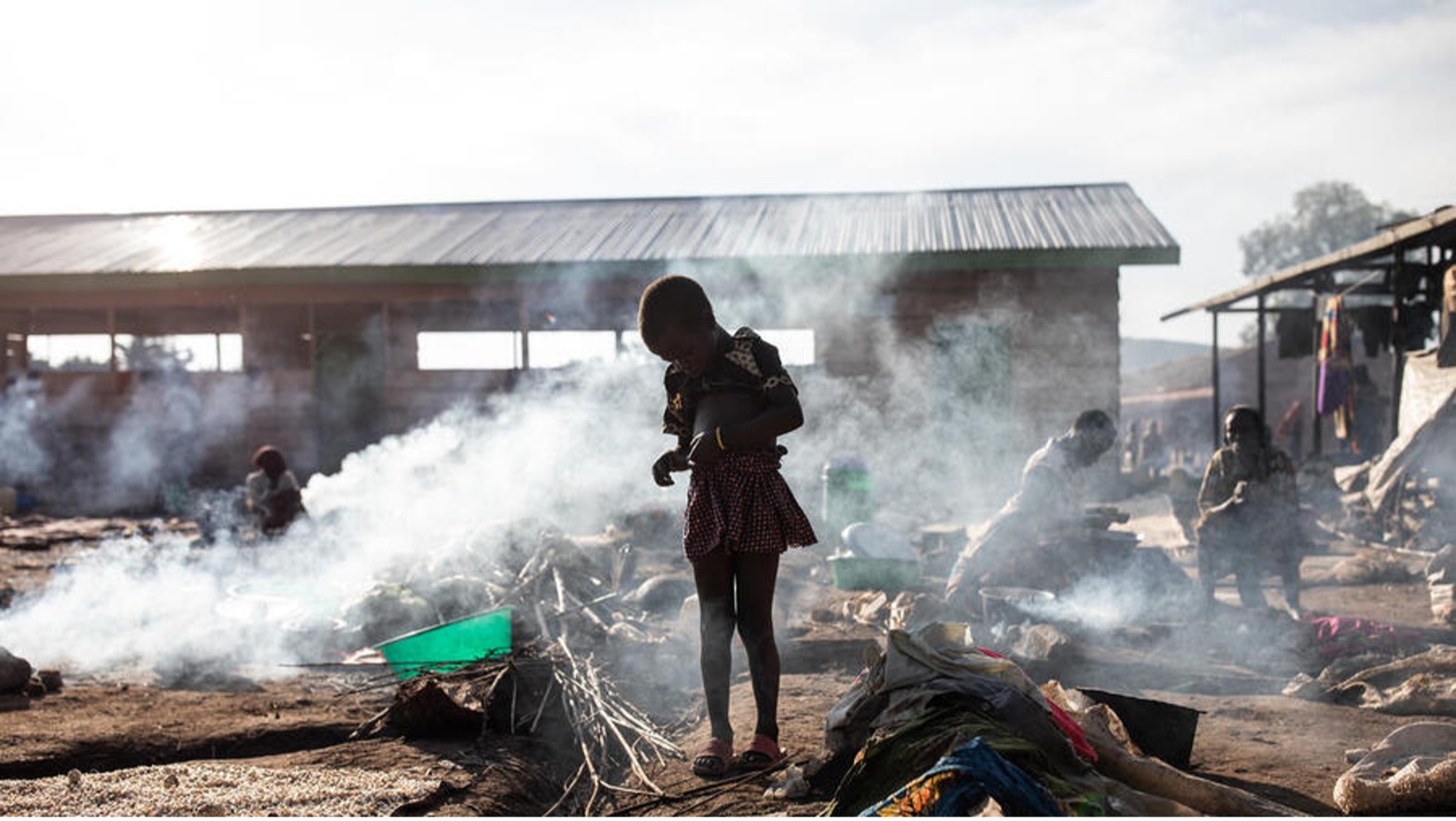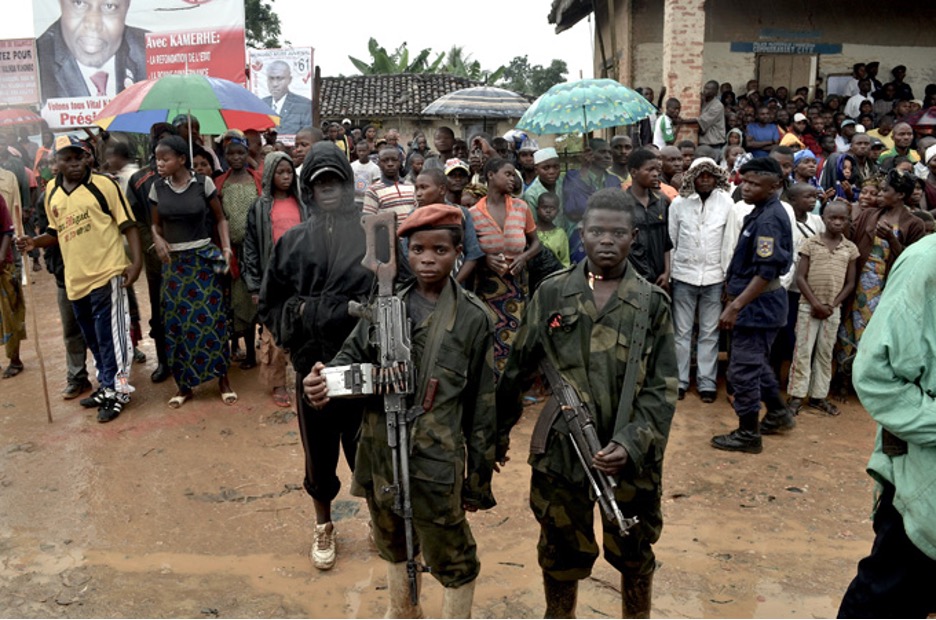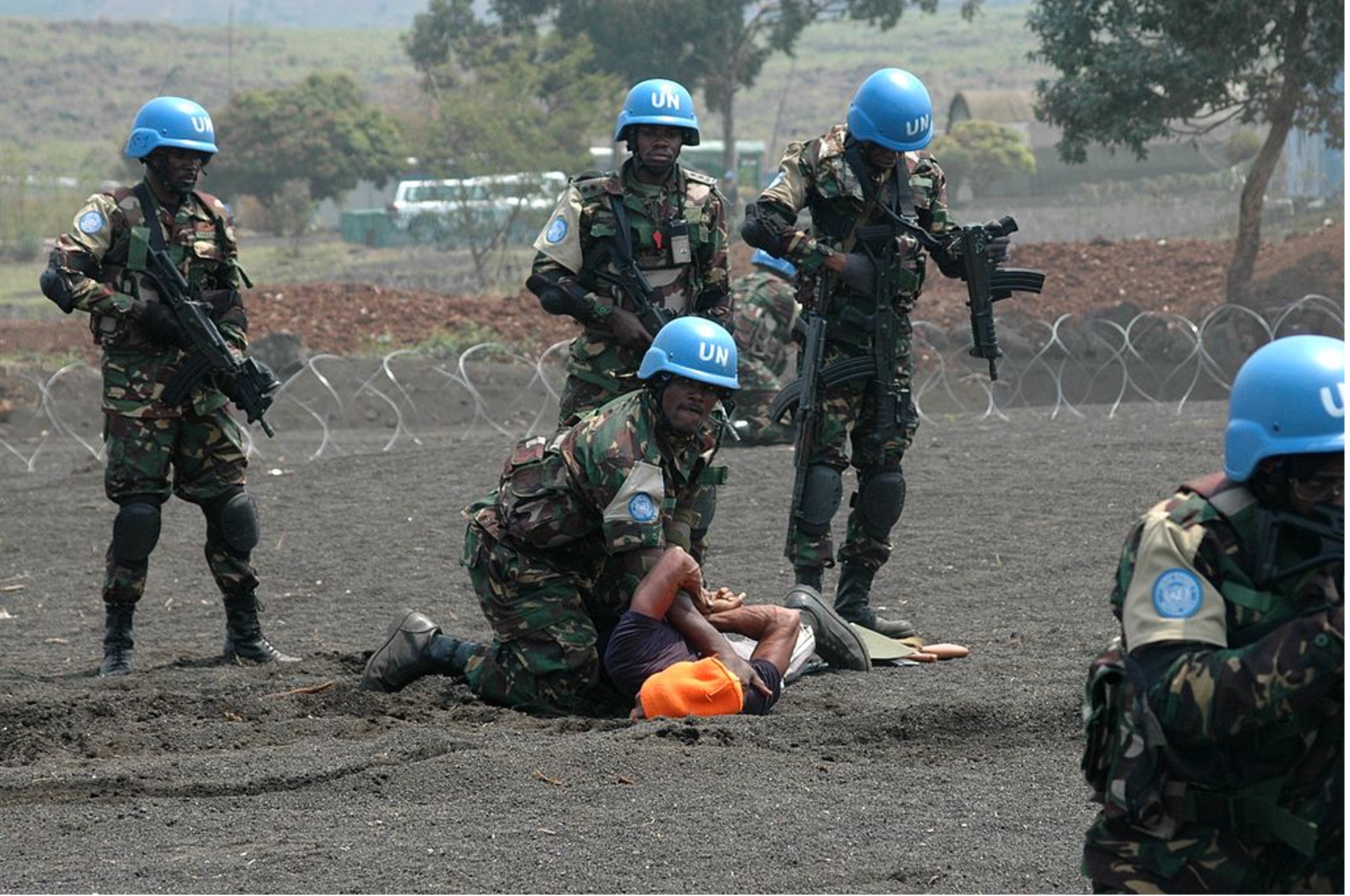By Eirini Tassi,
Peacekeeping is arguably the UN’s most direct mechanism of intervention in war zones and civil conflicts. It officially entered the UN Charter in 1948, and since then, it has been transformed from expert data-collection missions in interstate conflicts, like those of Lebanon and Israel, to peace stabilization missions in civil wars, like those of the Central African Republic (CAR) and the Democratic Republic of Congo (DRC). These latter types of operations have become largely dominant since 2010, allowing UN peacekeepers to use force against a particular target group that the UN considers to be threatening peace in a state. In particular, MINUSCA cooperated with the CAR government against the anti-Muslim terrorist militias “anti-Balaka”, whilst MONUSCO reinforced state sovereignty in DRC against the M13 and other paramilitary groups. But were these missions actually successful? Many would nod in agreement, as physical violence and militia attacks have indeed diminished to an extent. But constant retributions and retaliations in both countries indicate that this is not enough. A mere decrease in negative peace is meaningless if the narratives around the war do not change as well.
In her paper Dangerous Tales, Séverine Autesserre presents her ethnographic findings from the Democratic Republic of Congo amid its ongoing civil war. She concludes that UN responses remain highly unpragmatic, as they prioritize simplistic, “one-size-fits-all” narratives for the operation. In particular, the UN devotes all its attention to “mainstream” frames that are more attractive to international audiences. These not only augment the operation’s legitimacy, but they also allow governments and journalists to reproduce the narratives more easily to general audiences. As a result, more complex, but equally important frames within the conflict are neglected, and DRC becomes subject to a peacekeeping operation whose success has a clear expiration date.
Mineral exploitation= bad
Congolese minerals are perceived as the main cause of DRC’s disputes. This is because they are illegally exploited by domestic actors to fund paramilitary groups, who in turn inflict violence upon the Congolese population. Autesserre argues that, while this is a significant catalyst of the conflict, it underestimates other important causal factors, like the financial support militias get from Rwanda and Uganda, and the chronic competition amongst different ethnic groups for state power. These nuanced factors remain in the shadow of the mineral-exploitation narrative and push the UN to pursue peacekeeping policies that solely focus on ending the illegal trafficking of the minerals in domestic militias. The result, which is not hard to predict, is that competition for state power allows political actors to keep the domestic environment polarized, and a barren ground for peace.

Sexual violence against women= super bad
In turn, sexual violence against women by militias is overwhelmingly perceived as the conflict’s largest consequence (Autesserre 2012: 213-18). Autesserre supports that the dominance of this frame neglects victims of non-sexual violence, and overall focuses on the outcome (violence), rather than its cause, which is the diachronically hostile relationship between civilians and the military. As a result, peacekeeping policymaking only addresses one sphere out of many within DRC’s web of intrastate violence, producing limited ameliorations. Men experiencing sexual violence receive minimal attention, as do both male and female citizens who are subject to torture that is not of a sexual nature. The recruitment of child soldiers, which is a barbaric act of children’s exploitation, is also left underreported. And as the cherry on top, when militias detect that sexual violence against women is a frame of prime concern for the international community, they increase and brutalize such violence in order to get global recognition for their ruthlessness. and almighty power. Notably, during a hybrid attack in eastern DRC, local paramilitary group Mai Mai Sheka gang raped 387 civilians, with militia leaders ordering soldiers to “rape women instead of just looting and beating people as they usually do” (Autesserre 2012: 217). This is because they wanted to gain a place on the negotiating table. We hence see that the overfocus towards a specific form of violence by the UN was not just counterproductive. It was ultimately a guiding point for where the militias need to strike to get attention.

State-building= super good
Finally, state-building is seen as the conflict’s most ideal solution (Autesserre 2012: 2018-21). This narrative supports the idea that strengthening domestic political institutions will produce a more capable state, which will contain intrastate violence and militias. Yet, Autesserre argues that this neglects core specifications of the DRC’s political culture: the state has a predatory character, where officials tend to put personal gains above the civilians’ wellbeing. This means that any UN attempts to strengthen the Congolese government just make greedy politicians richer, without pragmatically changing the country for the better.
Overall, narratives are a fundamental lens through which we see the world, and our choices within it. In this interconnective global environment, the UN peacekeeping chooses the path of simplicity and of negative peace, to transmit conflict-related information more easily to journalists and the general public. However, while this facilitates top-down policymaking to deal with peace disruptions in DRC, it also purposefully leaves in its shadow complex factors, which, if not addressed, make the possibility for long term peace highly unlikely. As long as peacekeeping objectives focus exclusively on dominant frames, bringing peace to DRC will be a short-term ecstasy quickly destroyed by the long-term reality.
References
- Autesserre, S. (2012). “Dangerous Tales: Dominant Narratives on the Congo and their unintended consequences”, African Affairs, 202-222.
- Council on Foreign Relations. (2023). “Conflict in the Central African Republic”, Council on Foreign Relations. cfr.org. Available here




